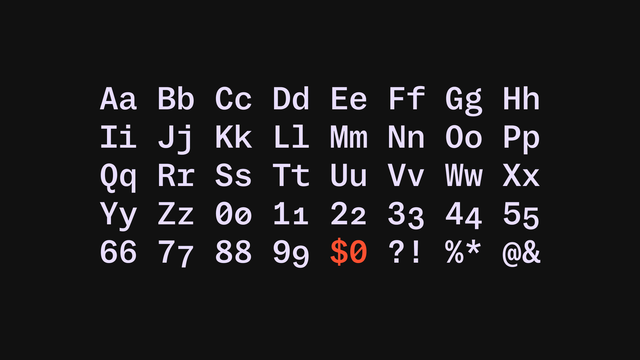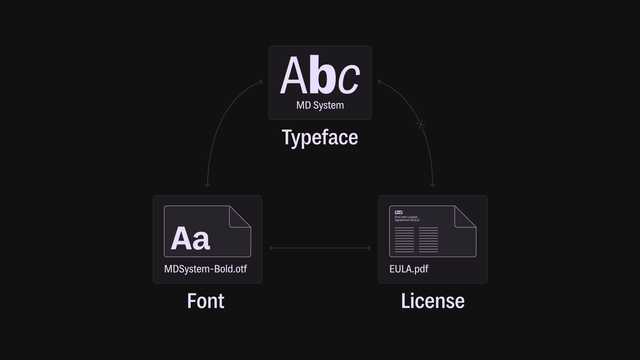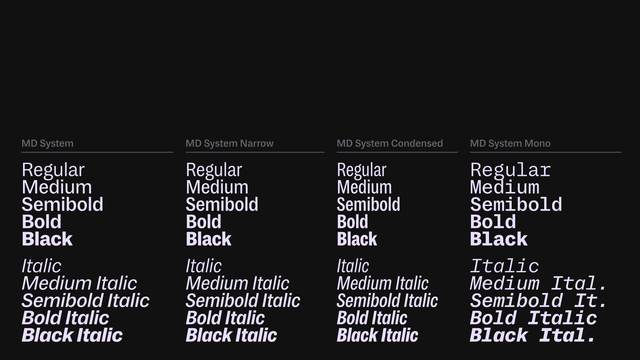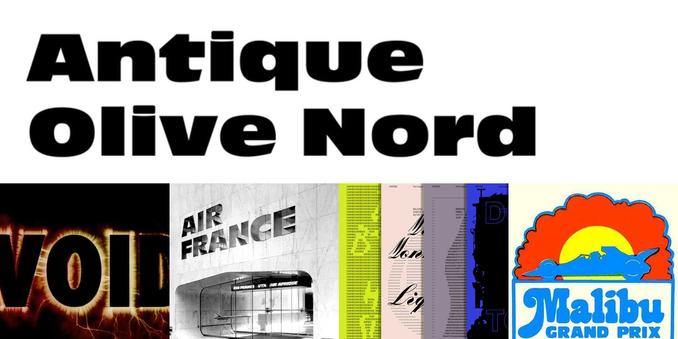Maybe you’ve heard: every font is free! Since fonts aren’t subject to copyright, you can legally ‘pirate’ them if you use a specific loophole!
...except that’s not really true. I’ve seen this claim repeated quite a lot recently, and it’s missing some pretty important nuance.
A thread 🧵



